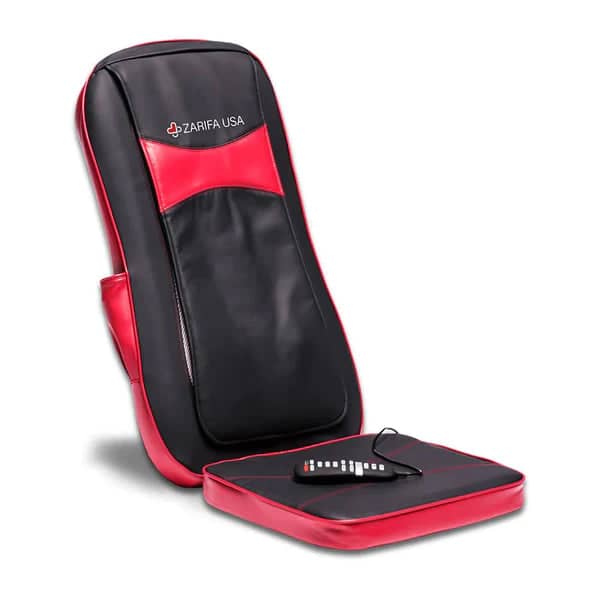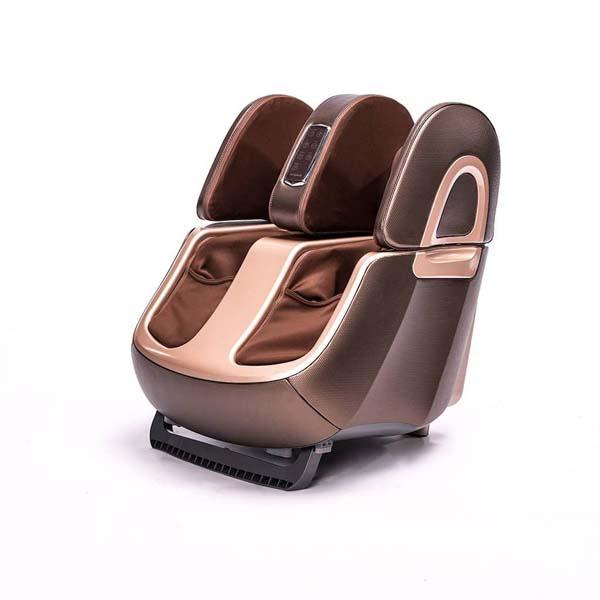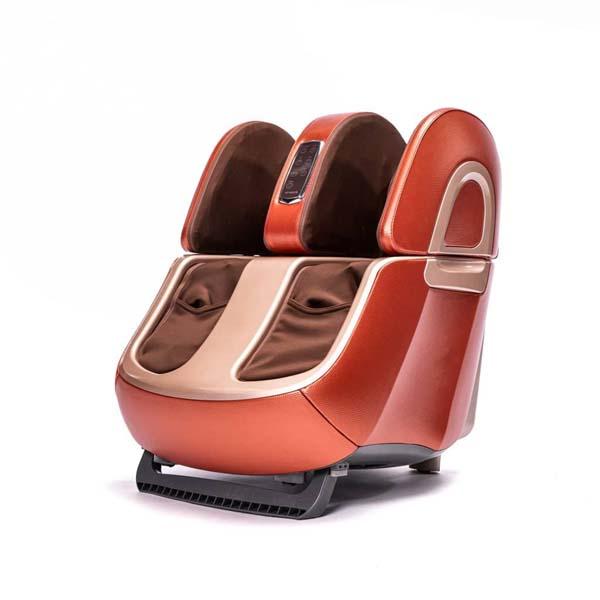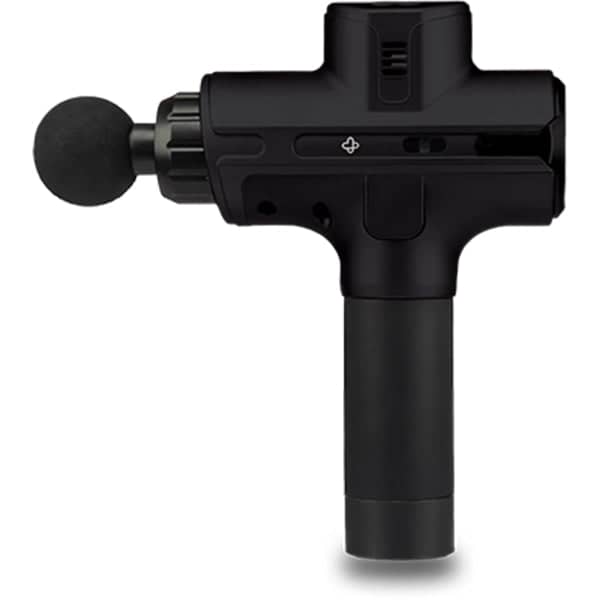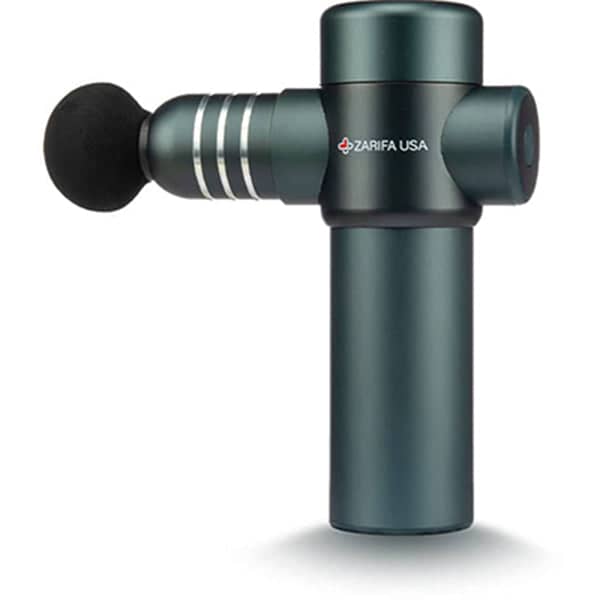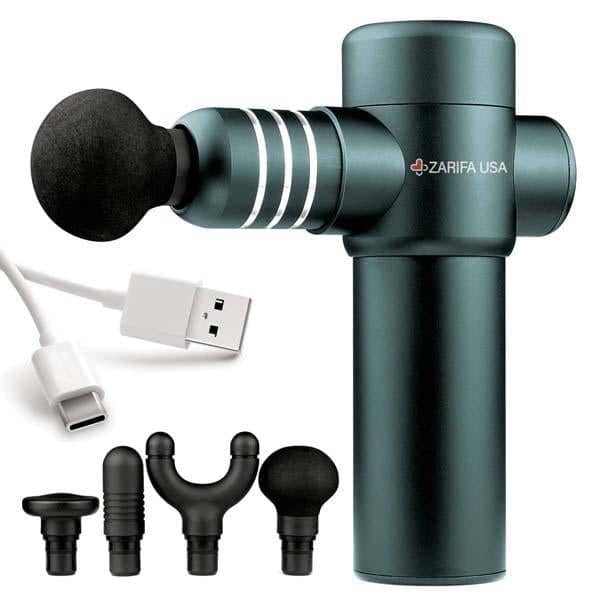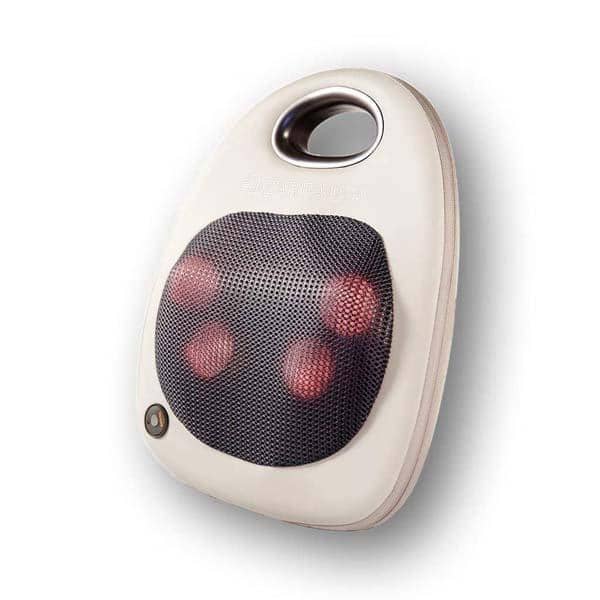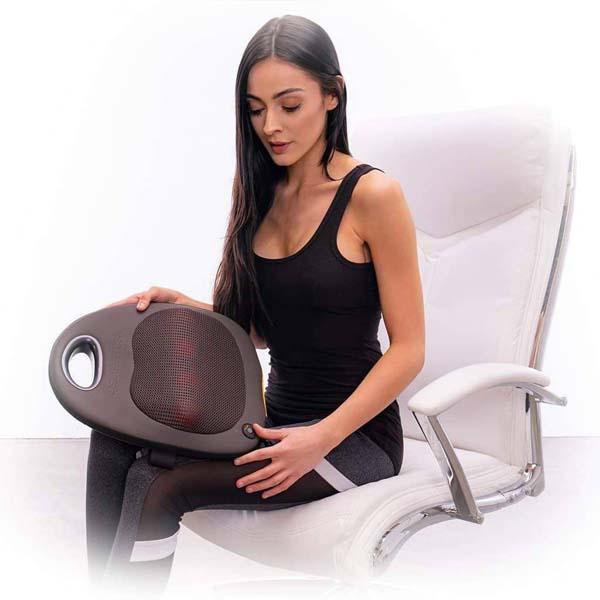Neuro massage therapy is a specialized technique designed to relieve pain and muscle tension by targeting specific trigger points in the muscles. In this article, we explore how neuro massage works, its benefits, and the conditions it can effectively treat.
Key Takeaways
- Neuro massage therapy specifically targets trigger points in muscles to relieve pain, tension, and improve overall physical health.
- The therapy includes techniques such as palpation release and positional release, which enhance blood flow and flexibility while addressing muscular and nervous system disorders.
- Conditions treated by neuro massage include chronic pain, nerve compression, and sports injuries, making it an effective alternative for persistent pain management.
What is Neuro Massage?

Neuro massage therapy is a form of soft tissue massage that addresses muscle and nervous system disorders. Unlike general massage techniques, neuro massage therapy specifically targets trigger points in the muscles—those areas of strain that cause pain symptoms. Neuro massage aims to relieve pain and muscle tension by addressing tender points, small muscle areas under strain often lacking blood flow and essential nutrients.
What sets neuro massage therapy apart is its highly specialized approach. This therapy demands a deeper understanding of anatomy and involves techniques targeting specific muscle issues. This form of massage therapy uses methods such as treating trigger points, muscle adhesions, and connective tissue patterns with highly focused pressure.
The ongoing treatment aspect of neuromuscular therapy further distinguishes it from other types of massage, making it particularly effective for those dealing with chronic conditions.
How Neuro Massage Works
Neuromuscular massage therapy employs a variety of specialized techniques to target specific trigger points, which are small knots in the muscle fibers that can cause significant pain and discomfort. One of the primary techniques used is palpation release, where the therapist applies accurate pressure to key areas without causing harm, allowing for effective release of tension. This precise application of pressure helps in alleviating pain and improving flexibility and range of motion.
Another crucial technique is positional release, which minimizes strain and promotes relaxation in tight muscles through specific positioning. These techniques collectively improve blood flow and oxygen delivery to tissues, aiding in pain alleviation and recovery.
By addressing both the muscular and nervous systems, neuromuscular massage therapy provides a comprehensive approach to pain management and overall physical health.
Conditions Treated by Neuro Massage

Neuromuscular massage therapy is particularly effective in treating a range of chronic pain conditions. For example, it can significantly improve symptoms for individuals suffering from back pain, one of the leading causes of disability worldwide. Other common conditions treated by neuro massage include muscle strain, nerve compression, and postural issues, all of which contribute to chronic pain.
Athletes recovering from sports injuries also benefit greatly from neuro massage therapy. Additionally, conditions such as sciatica, carpal tunnel syndrome, and temporomandibular joint (TMJ) pain can experience substantial relief through this therapy. Addressing these ailments, neuro massage therapy offers a targeted and effective solution for various pain-related issues.
Key Benefits of Neuro Massage Therapy

The benefits of neuromuscular massage therapy are vast and varied, making it a powerful tool for anyone seeking relief from pain and improvement in overall well-being. Key benefits of this therapy include pain relief, improved flexibility and range of motion, and enhanced circulation.
These benefits are not just theoretical; they are backed by scientific research and have been recognized by leading medical institutions.
Pain Relief
One of the most significant benefits of neuromuscular massage therapy is its ability to provide pain relief. Targeting specific trigger points and muscle tension, this therapy effectively alleviates pain and muscle spasms. Trigger point therapy releases tight muscles and reduces referred pain, which is pain felt in a different area than its source. This approach provides immediate relief and helps in managing chronic pain conditions long-term.
Furthermore, neuromuscular massage therapy can address various types of pain, including back pain, TMJ disorders, and even conditions like sciatica. Whether due to muscle strain, nerve compression, or repetitive movement injuries, neuromuscular massage techniques alleviate discomfort and improve quality of life. This makes it an effective alternative to traditional pain management methods.
Improved Flexibility and Range of Motion
Another key benefit is improved flexibility and range of motion. Relieving muscle tension and stiffness enhances blood and nutrient flow to the muscles. This promotes muscle relaxation and significantly increases flexibility and range of motion. The combined effects of improved blood flow, muscle relaxation, and enhanced nutrient delivery lead to a more agile and responsive body.
For athletes and those recovering from injuries, improved flexibility and range of motion can make a substantial difference in performance and recovery time. Addressing tight and stiff muscles, neuromuscular massage therapy prevents injuries and promotes quicker rehabilitation. This makes it an invaluable tool for anyone looking to enhance their physical capabilities and overall health.
Enhanced Circulation
Enhanced circulation is another significant benefit of neuromuscular massage therapy. Applying targeted pressure, neuro massage techniques improve blood flow, crucial for recovery from injuries and inflammation. Better circulation helps deliver oxygen and nutrients to tissues, promoting faster healing and overall well-being.
Moreover, maintaining good circulation is essential for long-term health. Neuro massage therapy enhances venous return, improving circulatory system efficiency. This ensures that the body’s organs and muscles receive the support they need to function optimally, making neuro massage an important aspect of a holistic health regimen.
Neuro Massage vs. Deep Tissue Massage

While both neuromuscular massage therapy and deep tissue massage aim to alleviate pain and muscle tension, they differ significantly in their approaches and objectives. Neuromuscular massage targets specific trigger points to alleviate pain, whereas deep tissue massage focuses on larger muscle groups and employs a more uniform and intense pressure.
The primary objective of neuromuscular therapy is pain management related to neural issues, making it more specialized for conditions like nerve compression and chronic pain. On the other hand, deep tissue massage is generally considered more intense and is aimed at easing chronic muscle tension.
Recognizing these differences helps individuals choose the appropriate massage therapy for their needs.
What to Expect During a Neuro Massage Session
A typical neuromuscular massage session begins with an assessment of your condition by the therapist. This initial evaluation allows the therapist to tailor the techniques to your specific needs. During the session, continuous pressure is applied to specific points for about 10 to 30 seconds, releasing muscle tension and improving flexibility.
Patients may feel a range of sensations during the session, from deep relaxation to mild discomfort, depending on the treated areas. After the session, clients often feel an immediate sense of relaxation, though some soreness may occur as the body adjusts to the treatment.
Knowing what to expect helps you prepare for your session and maximize the benefits of neuromuscular massage therapy.
Frequency of Neuro Massage Sessions
The frequency of neuromuscular massage therapy sessions varies based on individual needs and conditions. For specific issues like chronic pain or sports injuries, starting with weekly or bi-weekly sessions can be beneficial. Most individuals seeking neuromuscular massage might schedule 2-4 sessions per month, tailored to their specific conditions and severity.
After achieving pain relief, transitioning to monthly or bi-monthly sessions is common for maintenance. For stress management, individuals may schedule neuro massages based on current stress levels rather than a fixed schedule. Consistency is key to achieving the best outcomes with neuromuscular massage therapy.
Who Can Benefit from Neuro Massage?

Neuro massage therapy offers targeted relief for individuals with nerve-related conditions, including those suffering from neuropathy, chronic pain, or muscle tension due to nerve damage. Patients dealing with symptoms like tingling, numbness, or nerve pain can find substantial relief through the specialized techniques of neuro massage. This therapy also benefits athletes and active individuals by supporting faster recovery from sports injuries and reducing muscle strain.
Additionally, those with posture-related muscle tension or joint discomfort can experience improved flexibility and pain or muscle spasm reduction. Neuro massage and sports massage are effective options for anyone seeking enhanced nerve health, pain relief, and relaxation in a safe, non-invasive way.
Whether you are dealing with a specific condition or looking to improve your overall well-being, neuro massage therapy can be a valuable addition to your health regimen.
Becoming a Certified Neuro Massage Therapist
Becoming a certified neuro massage therapist requires a combination of education, practical experience, and certification. The certification process typically involves passing a written exam and demonstrating massage techniques through clinical observation. The certification course meets the continuing education requirements for the National Certification Board in Therapeutic Massage and Bodywork.
Prerequisites for the course include completion of Oncology Massage Therapy Level I and proof of active massage therapy practice. A foundational course in Neurology Massage Therapy covers neurological anatomy, patient communication, and adjusted massage techniques for clients with neurological challenges.
This rigorous training ensures that massage therapists are well-equipped to provide effective and safe neuro massage therapy to their clients.
Summary
In summary, neuromuscular massage therapy offers a unique and highly effective approach to pain management and overall physical health. By targeting specific trigger points and muscle tension, it provides substantial pain relief, improves flexibility and range of motion, and enhances circulation. This therapy is particularly beneficial for individuals dealing with chronic pain, sports injuries, and nerve-related conditions.
As we have explored, neuro massage therapy is not just a temporary fix but a comprehensive treatment that requires ongoing sessions for the best results. Whether you are an athlete, someone suffering from chronic pain, or simply looking to improve your overall well-being, neuro massage therapy can be a valuable addition to your health regimen. Consider exploring this powerful therapeutic practice to experience its many benefits for yourself.
Frequently Asked Questions
What conditions can be treated with neuromuscular massage therapy?
Neuromuscular massage therapy effectively addresses conditions such as chronic pain, back pain, TMJ disorders, sciatica, carpal tunnel syndrome, and sports injuries. This highlights its versatility in managing various musculoskeletal issues.
How does neuromuscular massage therapy differ from deep tissue massage?
Neuromuscular massage therapy specifically targets trigger points for pain relief, whereas deep tissue massage applies broader, intense pressure to larger muscle groups. This distinction makes neuromuscular therapy more focused on pain management.
How often should I schedule neuromuscular massage therapy sessions?
Scheduling neuromuscular massage therapy sessions typically ranges from 2 to 4 times per month, with weekly or bi-weekly sessions recommended for chronic pain or specific conditions. Ultimately, the frequency should be tailored to your individual needs.
What should I expect during a neuromuscular massage session?
During a neuromuscular massage session, you can expect the therapist to evaluate your condition and apply sustained pressure to targeted areas, resulting in sensations that may range from relaxation to mild discomfort. This approach aims to effectively address your specific muscular issues.
Who can benefit from neuromuscular massage therapy?
Individuals with nerve-related conditions, chronic pain, athletes recovering from injuries, and those experiencing muscle tension or joint discomfort can all benefit from neuromuscular massage therapy. This therapy provides targeted relief and promotes overall well-being.


